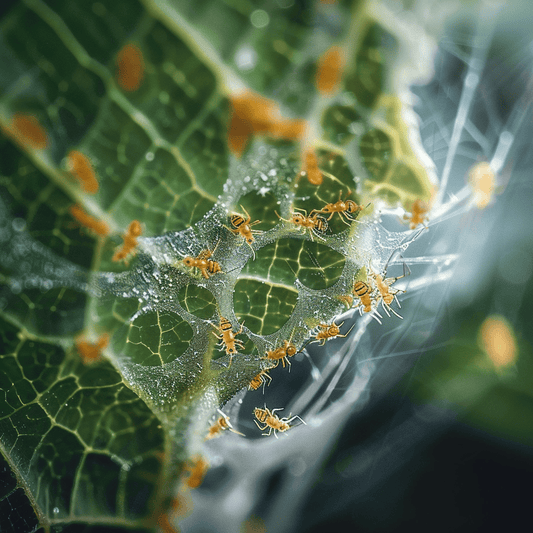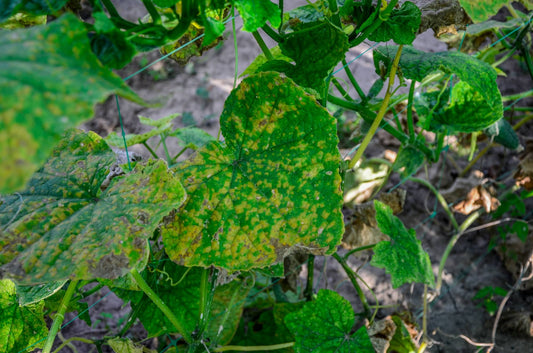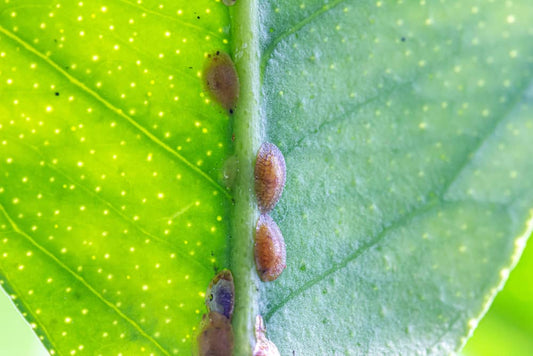The Tarnished Plant Bug (Lygus lineolaris), a significant pest in both traditional agriculture and hydroponic setups, can wreak havoc on a wide array of vegetable and ornamental plants. By feeding on plant sap, it causes distorted growth, damaged fruits, and ultimately, reduced yields. Understanding the behavior, life cycle, and implementing effective control measures is crucial for managing this pest.
Recognizing Tarnished Plant Bug Damage
This pest is identifiable by its small, oval shape and the distinctive yellow "Y" shape on its back. Symptoms of its presence include stunted growth, distorted and discolored leaves, deformed fruits and flowers, and the blackening and wilting of young shoots. Additionally, their feeding activity can facilitate the transmission of plant pathogens.
Life Cycle and Preferred Conditions
Tarnished Plant Bugs overwinter as adults in debris, emerging in spring to lay eggs and produce multiple generations per year. They thrive in weedy areas and around plant debris, which provide shelter and breeding grounds.
Preventive Measures
Prevention involves maintaining a clean growing area free of weeds and debris, and employing physical barriers like floating row covers or insect netting to exclude the bugs from accessing plants.
Treatment Strategies
Effective management includes regular monitoring, manual removal, and the application of insecticidal soaps or neem oil. Introducing natural predators such as lacewings and ladybugs can also play a crucial role in controlling populations.
Home Remedies for Tarnished Plant Bug
1. Neem Oil Spray
- Ingredients: 2 teaspoons of neem oil, 1 teaspoon of liquid soap, 1 quart of water.
- Instructions: Mix the neem oil and liquid soap with water in a spray bottle, apply thoroughly to plants, especially under leaves. Neem oil interferes with the feeding and hormone systems of the bugs, serving as an effective deterrent. Reapply every 1-2 weeks or after significant rainfall.
2. Insecticidal Soap Spray
- Ingredients: 5 tablespoons of mild liquid soap, 1 gallon of water.
- Instructions: Dilute the soap in water, spray directly on visible pests and damaged areas. The soap solution works by breaking down the insects' protective outer layer, leading to dehydration. Apply every 5-7 days or as necessary, avoiding the hottest parts of the day to prevent leaf burn.
Monitoring and Maintenance
Regular inspections for signs of Tarnished Plant Bug damage, implementing crop rotation, and diversifying plantings can help reduce the pest's impact. These strategies, alongside the targeted use of home remedies, can effectively manage Tarnished Plant Bug populations in hydroponic systems.
Integrated Pest Management
Employing these remedies as part of an integrated pest management strategy, including preventive measures, monitoring, and timely intervention, is crucial. Maintaining clean growing areas and utilizing physical barriers, combined with regular plant inspections, ensures early detection and effective management of Tarnished Plant Bug infestations, protecting the health and productivity of hydroponic gardens.




